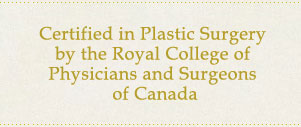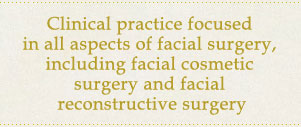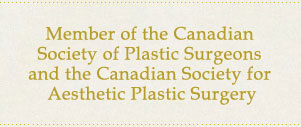Click image to enlarge




Indications
- Nasal asymmetry, deviation, deficiency or collapse resulting from previous fracture
- Congenital nasal malformation associated with cleft lip, facial cleft, or congenital syndrome
- Nasal deficiency arising from cancer surgery
Anesthesia
- General
Duration
- 3 - 4hrs
In / Outpatient
- Outpatient
Procedure
- Through incisions hidden within the nostrils and a small incision in the columella (the strip of skin between the nostrils), the skin is lifted from the underlying supporting framework. Other incisions may be required at times, particularly when there are associated skin defects
- The bone and cartilage framework of the nose is then reconstructed. This may require the use of cartilage graft (taken from the patients ear or rib cartilage), or bone graft (taken from the patient’s skull or pelvis)
Recovery
- Swelling and bruising affecting the nose and adjacent eyelids peak at 2 days after surgery and rapidly resolve over the next 2 weeks
- Patients wear a nasal splint for 1 week
- Return to school or work after 1 week, but no strenuous activity or contact sports for 6 weeks
- Subtle swelling and numbness of the nasal tip will remain for up to 6 months
Result
- Provides a permanent correction
Risks
- Infection, hematoma, scarring, nosebleed. Generally, these risks are greater than in primary rhinoplasty
- Residual asymmetry or deformity
- Often, additional minor revisional procedures may be required





